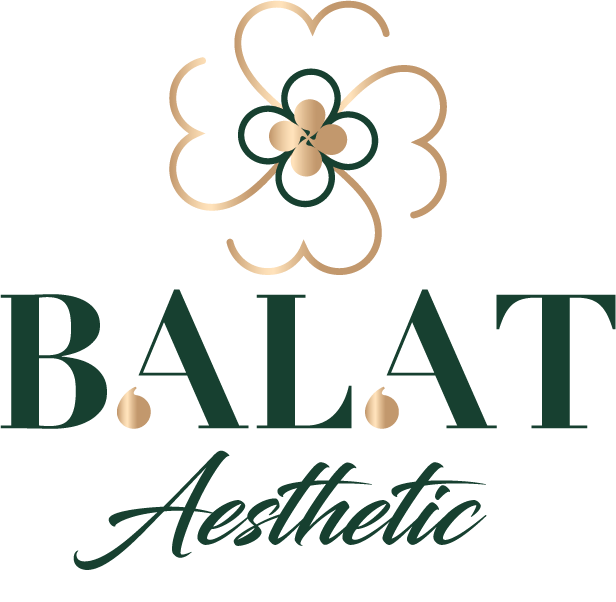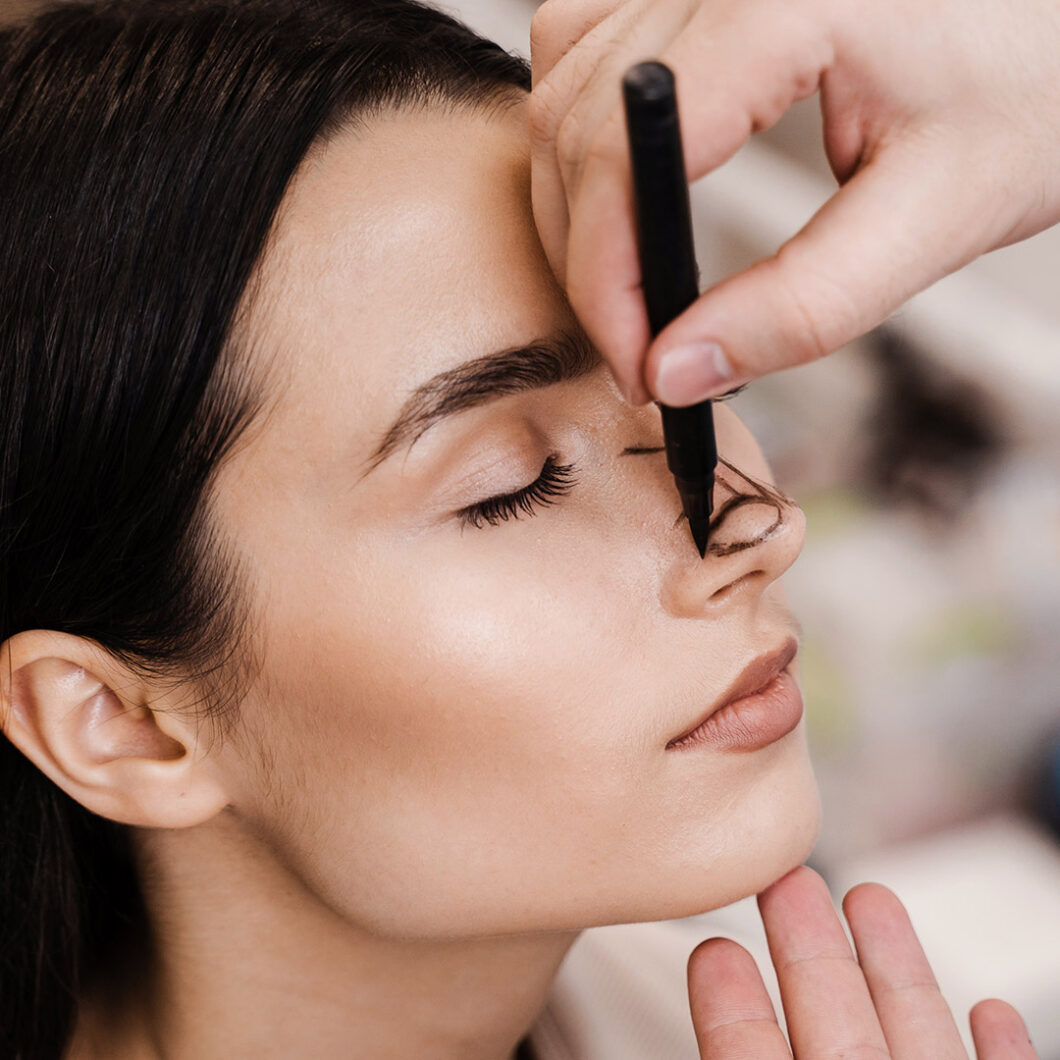Preparing for Rhinoplasty
Preparing for a rhinoplasty involves several critical steps that ensure both the effectiveness of the procedure and the safety of the patient. The journey typically begins with an initial consultation where the surgeon and the patient discuss goals, expectations, and any specific concerns regarding the surgery. This meeting serves as a platform for open communication, allowing patients to express their desired outcomes and gain insights into what changes can realistically be achieved through rhinoplasty.
During this consultation, a thorough medical history is imperative. The surgeon will inquire about any previous surgeries, existing medical conditions, and current medications. This information is essential as it helps in assessing the patient’s overall health and identifying any potential risks that could complicate the surgery or recovery process. Alongside the medical history, a physical examination will be conducted. This step evaluates the structure of the nose and face, allowing the surgeon to create a personalized surgical plan tailored to the individual’s anatomy.
Additionally, patients may be required to undergo certain pre-operative tests, such as blood tests or imaging studies, which are critical in ensuring the patient’s readiness for surgery. Aside from these assessments, lifestyle changes are crucial in the weeks leading up to rhinoplasty. Patients are advised to avoid specific medications, particularly blood thinners, which can increase the risk of bleeding during and after surgery. Smoking and alcohol consumption should also be limited or eliminated, as they can hinder the healing process and affect the final results of the procedure.
On the day of the procedure, patients can expect to receive detailed instructions that will guide them through the final preparations, enhancing their comfort and readiness for rhinoplasty. By meticulously following these steps, patients can contribute significantly to a smooth surgical experience and optimal recovery.
The Rhinoplasty Procedure
Rhinoplasty, a surgical procedure aimed at reshaping the nose, involves various techniques and considerations that are crucial for both the surgeon and the patient. The procedure can be classified into two primary categories: open and closed rhinoplasty. In an open rhinoplasty, the surgeon makes an incision across the columella, which is the tissue separating the nostrils. This method provides greater visibility and access to the underlying structures of the nose, making it suitable for more complex corrections. Conversely, closed rhinoplasty involves incisions made within the nostrils. This technique typically results in fewer visible scars and may lead to a shorter recovery time.
The actual surgery begins with the administration of anesthesia, which can either be general or local, depending on the complexity of the operation and patient preference. The choice of anesthesia is vital as it affects the comfort levels during the procedure and post-operative recovery. Generally, the duration of rhinoplasty can vary extensively; most surgeries last between one to three hours, again depending on the specifics of the case, such as the extent of reshaping required or any additional procedures being performed, like septoplasty for correcting a deviated septum.
Several factors may influence the complexity of the rhinoplasty, including the patient’s anatomical features, the desired outcome, and any previous nasal surgeries or injuries. Surgeons undertake careful planning and consideration of these elements to tailor the procedure to each individual’s needs. Moreover, ensuring safety during the process is paramount. Procedures are typically conducted in accredited surgical facilities, equipped with anesthesia monitoring tools and emergency response protocols, ensuring a high standard of care throughout the surgery. This meticulous approach instills confidence in patients contemplating rhinoplasty.
Post-Surgery Care and Recovery
Following rhinoplasty, a structured recovery process is pivotal to ensure optimal healing and the best possible results. Immediately after the surgery, patients can expect some degree of swelling and bruising around the nose and eyes, which is a normal part of the healing process. This inflammatory response is transient; however, it may take several weeks for the swelling to subside significantly. Applying cold compresses as directed by the surgeon can help alleviate swelling and minimize discomfort during this time.
Patients may experience discomfort, which can often be managed effectively with prescribed pain medications. It is essential to follow the doctor’s instructions closely regarding medication dosage and timing. Additionally, it is advisable to keep the head elevated, especially during the first week, to promote blood circulation and reduce swelling. Patients should also refrain from strenuous physical activities and bending over, as these can exacerbate swelling.
Follow-up appointments are crucial in the recovery timeline. These visits allow the surgeon to monitor healing progress, ensure that the nose is healing as expected, and address any concerns the patient may have. Adhering to post-operative instructions is vital to achieving satisfactory results. Patients should avoid wearing glasses or sunglasses for a specified duration to prevent pressure on the nose.
As the weeks progress, patients will gradually notice improvements. However, final results from rhinoplasty can take up to a year for complete stabilization. During the recovery phase, patients must also be attentively aware of any signs of complications, such as excessive bleeding, severe pain, or unusual discoloration, and should contact their surgeon immediately if any concerning symptoms arise. Adjusting lifestyle habits, including a healthy diet and avoiding smoking, can significantly enhance recovery.
Long-Term Results and Considerations
Rhinoplasty, commonly referred to as a nose job, can significantly alter an individual’s appearance. However, it is essential to understand that the results can change over time. Typically, the final shape and contour of the nose might take up to a year or more to fully manifest as the swelling subsides and the tissues heal. Patience is key during this phase, as the initial post-operative results often do not reflect the long-term outcome. Surgeons may set realistic expectations for their patients, ensuring they understand that the true effects of rhinoplasty will gradually reveal themselves.
Various factors can influence the longevity of rhinoplasty results. Aging is a natural process that affects facial structures and may cause changes in the appearance of the nose over time. Furthermore, lifestyle choices such as smoking, sun exposure, and inadequate skincare can also contribute to the degradation of results. Therefore, maintaining a healthy lifestyle can play a significant role in preserving the aesthetic benefits garnered from surgery.
It is also vital for patients to approach rhinoplasty with realistic expectations. While surgery can enhance physical appearance, emotional aspects should be considered as well. Many individuals seek rhinoplasty to improve self-esteem, but it is essential to recognize that such alterations can only complement one’s self-image, not entirely redefine it. In some cases, the initial dissatisfaction with results may lead to considerations for revision rhinoplasty. Factors that contribute to this might include unrealistic expectations, healing complications, or changes to the nasal structure over time.
Ultimately, understanding the complexities of long-term results and considerations associated with rhinoplasty can foster a more satisfactory surgical experience. Emphasizing realistic goals, maintaining a healthy lifestyle, and allowing time for healing are fundamental to achieving the desired outcomes and emotional wellness post-surgery.

